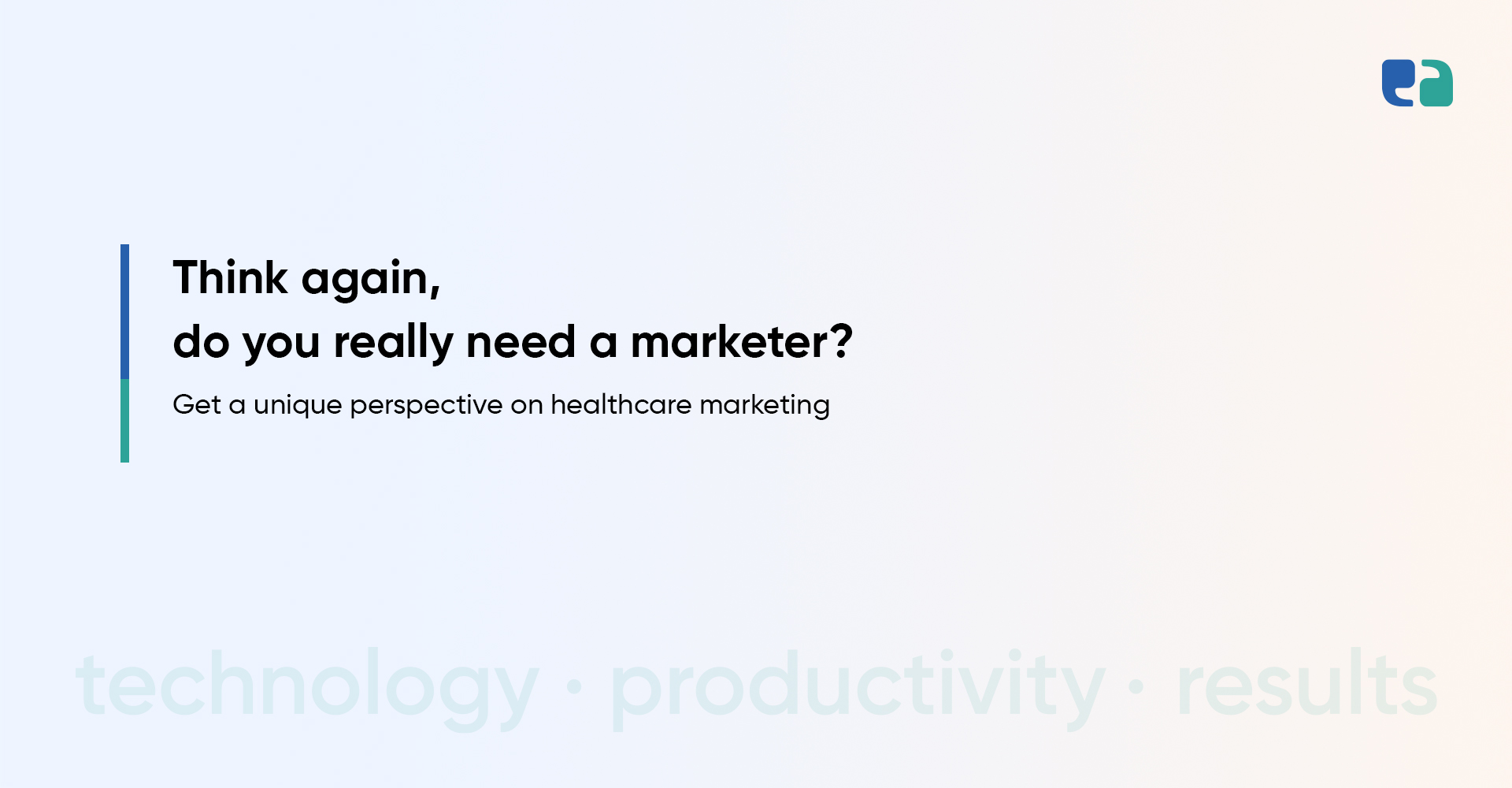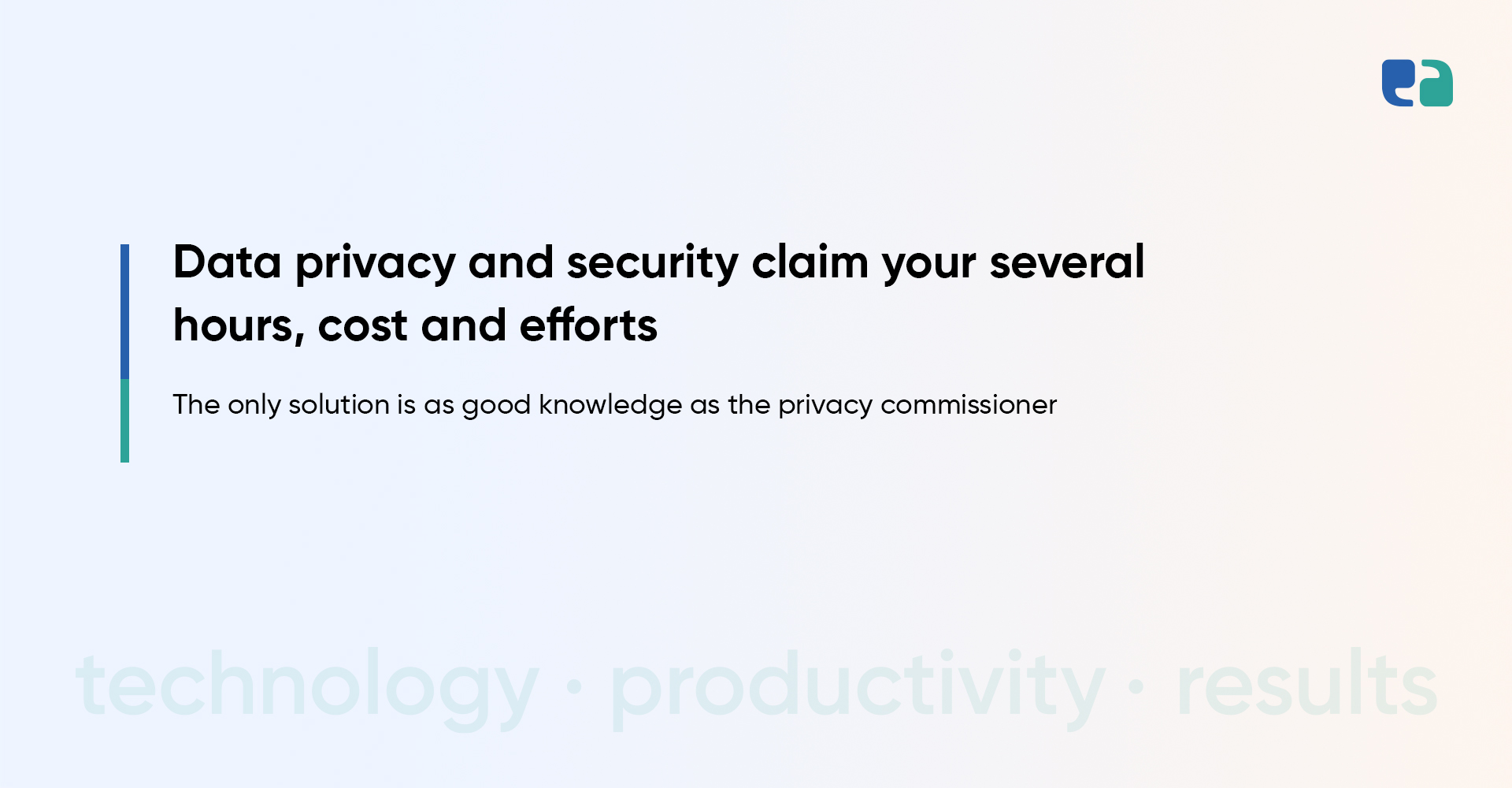Healthcare in the United States is undergoing a major shift, and it’s all due to the incredible advancements in digital health solutions.
These cutting-edge technologies are putting patients at the center of their own healthcare, making it easier and more efficient to get the care they need.
Let’s take a closer look at how digital health solutions are revolutionizing patient care in the US, and uncover some of the key trends driving this transformation.
Telemedicine: Bridging Geographical Barriers
In the world of digital health trends, telemedicine is making a big impact in the US.
It’s been gaining popularity in recent years and for good reason!
This innovative practice allows patients to receive medical care and advice from the comfort of their own homes, no matter where they are in the country.
It’s breaking down barriers and making healthcare services more accessible than ever before.
The benefits of Telemedicine are as follows.
Wearable Health Technology: Empowering Patients
The rise of wearable devices, like fitness trackers and smartwatches, has kicked off a total wellness movement.
These devices can gather and track a whole host of health stats, ranging from heart rate and sleep patterns to physical activity and more.
Thanks to digital health solutions, wearable tech is helping patients take charge of their health and enjoy better healthcare experiences.
How Wearables Enhance Patient Care?
Electronic Health Records (EHRs): A Digital Revolution
The world of healthcare has been revolutionized by digital health solutions, particularly through Electronic Health Records (EHRs).
These records offer a multitude of benefits, with the ultimate goal of enhancing patient care and simplifying healthcare administration.
The benefits of EHRs are as follows.
Artificial Intelligence (AI) and Machine Learning
The healthcare industry is experiencing a remarkable transformation thanks to Artificial Intelligence (AI) and machine learning (ML).
By analyzing massive amounts of data, these technologies are providing healthcare professionals with valuable insights that are helping to improve patient outcomes.
Excitingly, AI is being utilized in many different ways to enhance the quality of care that patients receive.
How do AI and machine learning (ML) elevate patient care?
Remote Patient Monitoring (RPM): A Glimpse into the Future
Remote patient monitoring (RPM) is a cutting-edge digital health solution that is revolutionizing the way healthcare providers care for their patients.
With RPM, patients can have their vital signs and health data monitored in real-time, all from the comfort of their own homes.
This innovative technology is especially beneficial for those with chronic conditions or those recovering from surgery.
Say goodbye to long hospital stays and hello to the convenience and peace of mind that RPM provides!
Key Benefits of RPM:
Digital Health Solutions Transforming the Healthcare
The world of healthcare has been revolutionized by digital health solutions, putting patients at the center of care in the United States.
The widespread adoption of telemedicine and advanced wearable technology has given patients the power to take control of their health.
Electronic health records have transformed the way healthcare providers manage patient data, while AI and machine learning have brought precision to patient care.
As digital health trends continue to evolve, we can expect even more groundbreaking advancements that will completely transform the healthcare landscape.
Embracing these trends is more than just a matter of convenience.
It’s a profound step toward a healthier, more connected future in healthcare that will benefit patients and healthcare providers alike.



